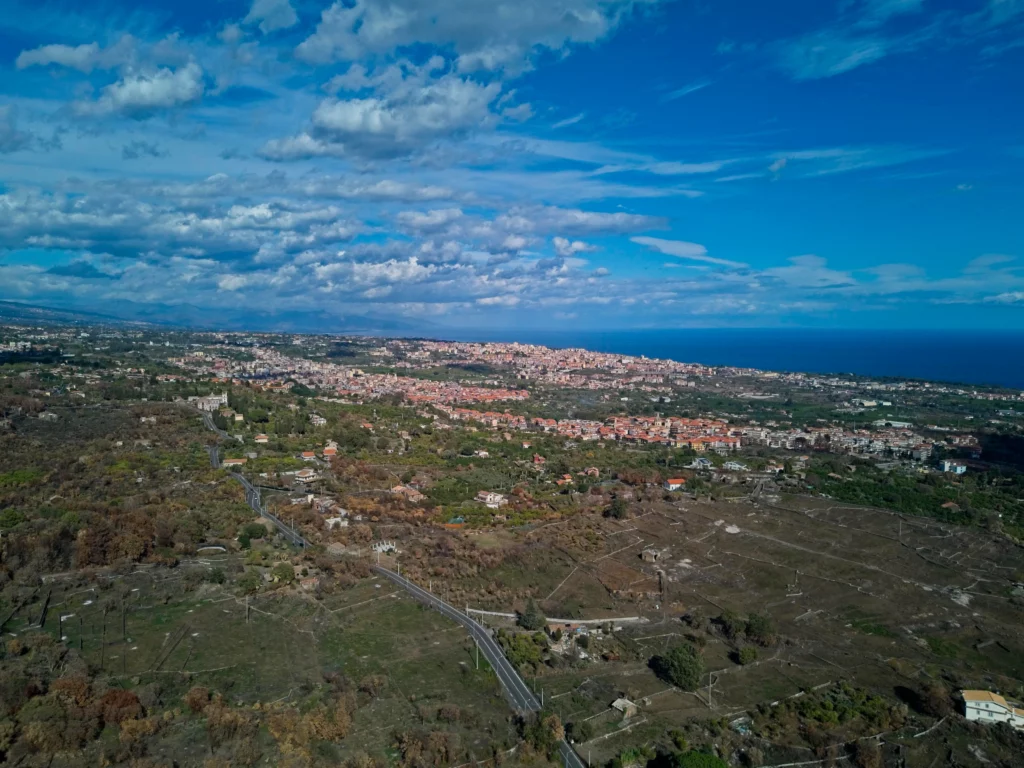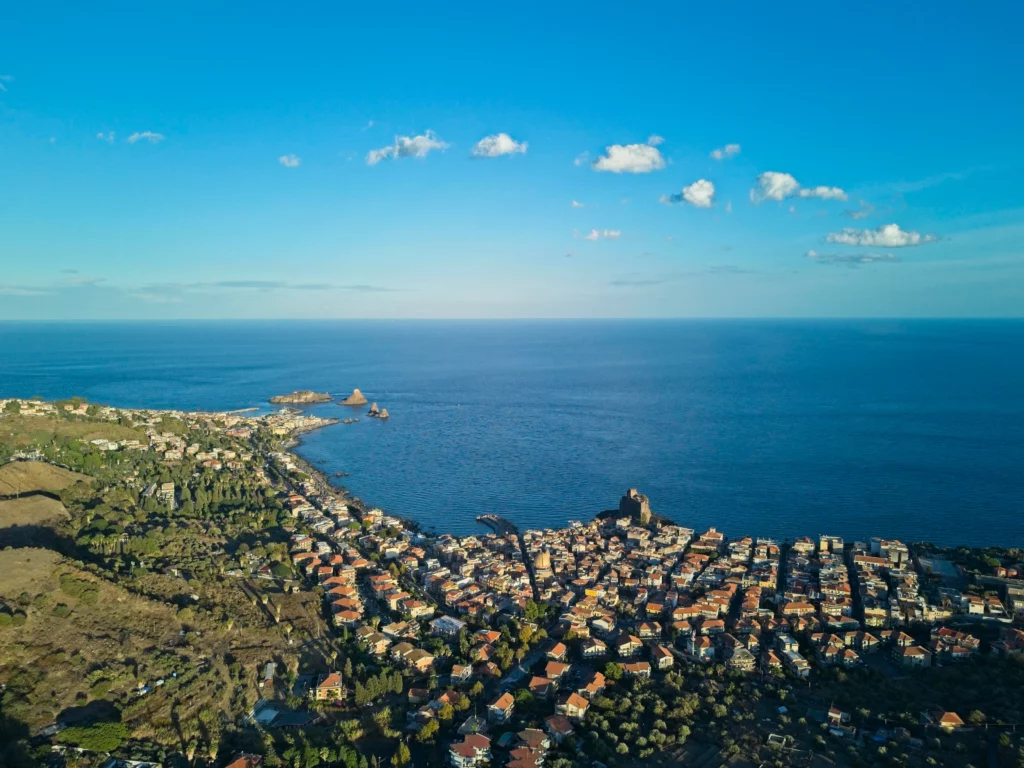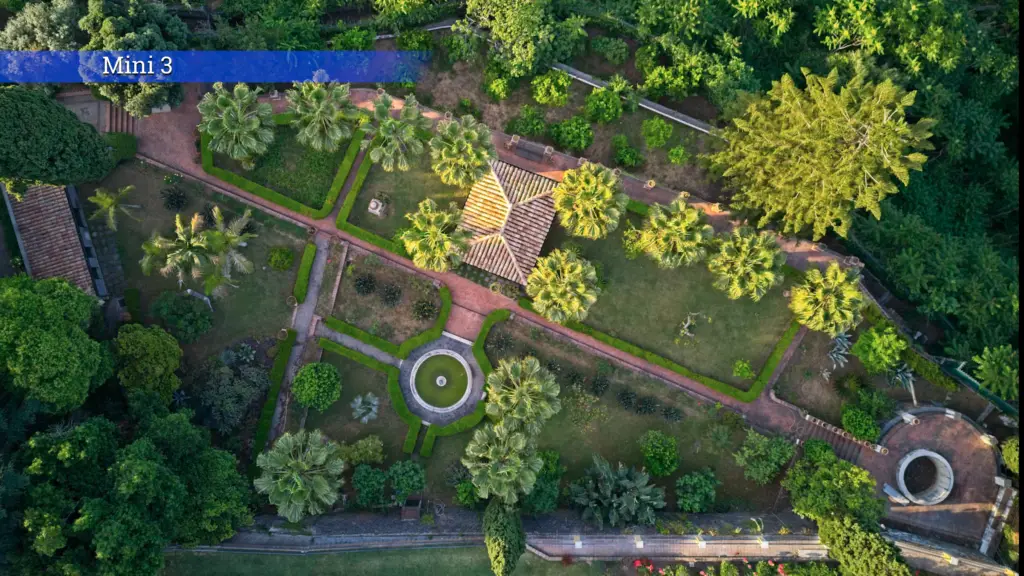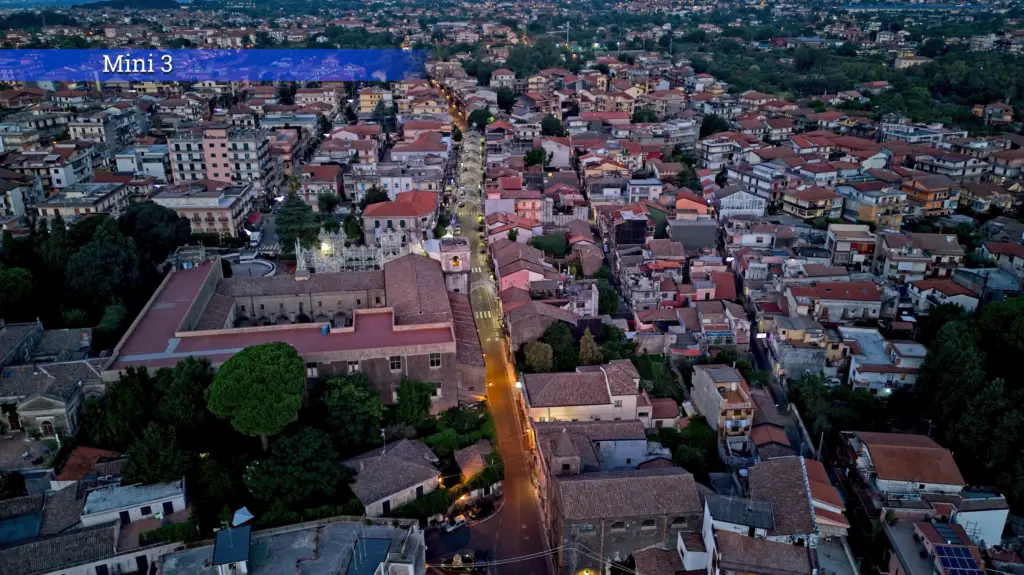Photos taken with the Mini 4 Pro have more detail and sharpness compared to the Mini 3 Pro, the chromatic rendition is different, with richer colors. The 48MP photo mode has been improved. The new model has omnidirectional obstacle detection and a much-improved transmission signal
The new DJI Mini 4 Pro is a powerhouse in terms of features, but most of them are meant mainly for video
| Mini 4 Pro | Mini 3 Pro |
|---|---|
| + Sharper images with more detail | + Good performance in low-light |
| + Improved signal transmission | + More affordable |
| + Omnidirectional obstacle avoidance | – Tridimensional obstacle avoidance |
| + Excellent in extreme low light | – Issues with signal transmission |
| + Improved 48MP mode | – Limited detail and sharpness |
In this article, we will discover whether it is worth upgrading to the new model for users interested only in photography, in terms of feature and image quality
You can check the prices for the different configurations of the Mini 4 Pro and the Mini 3 Pro through the buttons below (commission earned)
At the end of this article, you will find plenty of images that can be downloaded to better appreciate the quality
I have done several other articles about different aspects of photography with these models:
- Mini 4 Pro photography review
- Mini 4 Pro vs Mini 3 Pro video quality
- Mini 3 and 3 Pro photography review
- Mini 4 Pro camera settings for photos
- Mini 4 Pro Panorama mode
- Mini 4 Pro Automatic Exposure Bracketing
- Mini 4 Pro 48MP photo mode
- Mini 4 Pro night photography
- Mini 4 Pro vs Air 3 photo comparison
- Mini 4 Pro Signal Transmission vs Mini 3 Pro
If you prefer to watch it as a video, there is my YouTube version of this article with plenty of examples further down
New Features For Photography
Both models have the same 1/1.3” sensor with a photo resolution of 12 MP and the possibility to split each pixel into four smaller ones for the so-called 48MP mode. So we should not expect major differences in terms of image quality

But when I analyzed the Air 3, I noticed an increase in detail, sharpness, and color rendition compared to the Mini 3 Pro, due to an improved algorithm
Since the Mini 4 Pro was released only a month after the Air 3, we should expect something similar
Hardware Improvements
Omnidirectional Obstacle Detection
The only major hardware difference between the two models is the presence of omnidirectional obstacle sensors in the Mini 4 Pro
This is an important feature so far reserved for the flagship model of the prosumer line
Even though it is used more when filming, this functionality gives some extra peace of mind when shooting photos
Signal Transmission
The only real weak point of the Mini 3 Pro is the signal transmission
The Mini 3 Pro doesn’t have feet at the end of the wings, so the antennas are located inside the wings in a horizontal position. This is probably one of the causes of the poor transmission

With the Mini 4 Pro and the Air 3, DJI has not only reinstalled the feet at the end of the wings to house the antennas but also released a new remote controller with external antennas and a new version of Ocusync
Some people argue that DJI has rushed the release of the Mini 4 Pro because of the transmission issues
The quality of the signal varies a lot according to the geographic location. In my case, the transmission of the Mini 3 Pro is a serious limiting factor, while the Mini 4 Pro performs better than any other DJI models I have used (and I have used over a dozen)
Shooting photos with the Mini 4 Pro is a far better experience with the improved transmission
New Software Features For Photography
With the Mini 4 Pro in Automatic Exposure Bracketing, there is a choice of 3, 5, or 7 photos, versus 3 or 5 for the Mini 3. This is a welcome addition in high dynamic range situations

The Automatic Exposure Bracketing can now be applied to the 48 MP mode with three photos
According to DJI website, the algorithm for Smart Photos has improved to combine imaging and scene recognition but only for 12 MP images
The Mini 3 Pro has a Style Setting option to modify Sharpness and Noise in photos. This functionality in the Mini 4 Pro is not available for still images. I don’t miss it, as the new model produces sharper and noiseless images
But these are minor features, so there are no huge improvements in terms of features for photography
Image Quality Comparison
This time I could not alternate the two models one after the other after each shot, as I always do, as the Mini 3 Pro had a little fight and has a sore eye at the moment
So the light conditions are not always the same, but I have taken the images in the same locations and tried to match them as well as possible


For editing all the images I have used Luminar Neo. Here you can read my article about it
You will find info about Luminar Neo together with a coupon for a 10% discount by entering the code “vicvideopic” using the button below
Daylight Photography
12 MP photos taken with the Mini 3 are slightly weak in terms of detail, especially in elements in the background

With the Mini 4 Pro, there is a noticeable increase in sharpness and detail, especially in elements far away, the chromatic rendition is also different, with richer colors in the new model
With the Mini 3 Pro noise is very well controlled, but the Mini 4 Pro performs even better, especially in the shadows and in hazy conditions, practically noiseless

Moving to top-down shots we can focus on detail and color rendition and here again, the Mini 4 has the edge and we notice even more the difference in detail
Night Photography


After sunset, with artificial light and the last twilight, both models perform remarkably well, due in part to the very wide aperture of f1.7
But in extremely dark conditions the 3 Pro struggles while the performance of the 4 Pro is simply sensational. DJI has certainly done an excellent job with the new algorithm
JPEG Files
So far I have only analyzed RAW files, but in the last generation of DJI prosumer drones the JPEG files have improved a lot and they can now be successfully used for quickly posting on social media

JPEG files are pre-processed and we notice that the ones of the Mini 3 Pro have more detail compared to the RAW files, but in the zoomed-in images, we can see that the photos taken with the Mini 4 are even sharper with more vivid colors
Users who do not rely on computer post-processing will be very happy
48 MP Mode
The 48 MP photo mode had some issues with the Mini 3, especially with the first release of the firmware
This mode has been vastly improved in the Mini 4 Pro
I will not go into details here, as I have already done two specific articles about the 48MP mode, one for the Mini 3 Pro, and another one for the Mini 4 Pro
Should I upgrade to the Mini 4 Pro?
So, which one of the two should you get? Is it worth upgrading if you own a Mini 3 Pro?
This comparison is meant for users who are mainly interested in photography. For video, it is a different kettle of fish, as the Mini 4 Pro has many important features for filming
If you live in Europe in a relatively crowded area with plenty of interference, the improved transmission could be by itself a reason to go for the new model
The other features for photos are handy but not crucial
The algorithm of the Mini 4 Pro for photos has been vastly improved and the quality has slightly increased in all light situations, as well as for the 48MP photo mode
I believe professional and semi-pro photographers should go for the new model
If You Prefer To Watch This As a Video
More Downloadable Images
Daylight








Top-Down


Night






Images from JPEG Files


